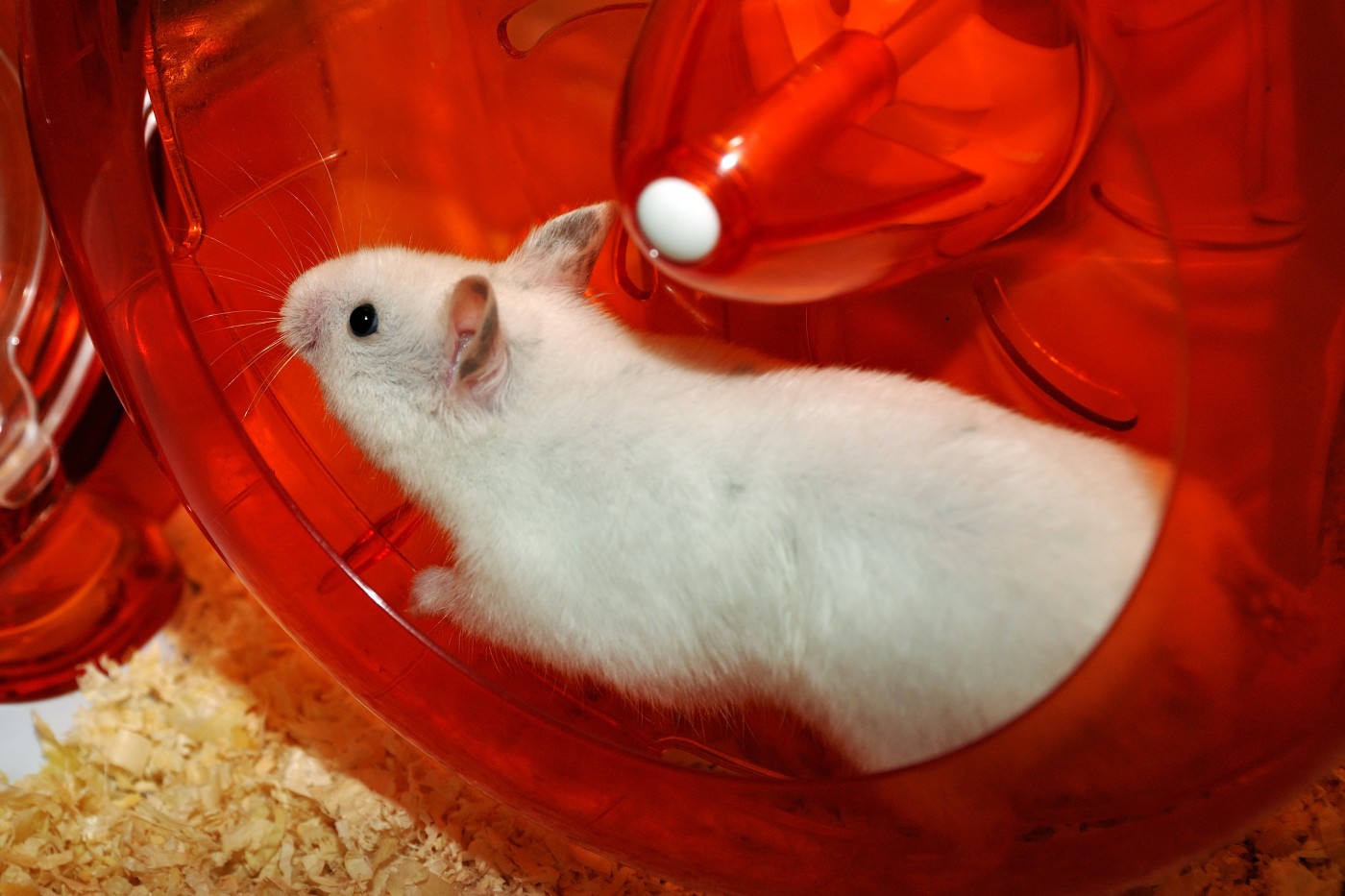Interesting research that drew on traditional Chinese medicines (TCM) may lead to a promising candidate for future treatment of rheumatoid arthritis. The study, titled “Identification of candidate synovial membrane biomarkers after Achyranthes aspera treatment for rheumatoid arthritis” and published in BBA Proteins and Proteomics, was conducted by a collaborative group of multidisciplinary researchers throughout China.
According to the researchers, the She people are an ethnic minority group residing in China’s southern mountain areas — whose humid climate induces high pain in rheumatoid arthritis (RA) sufferers — who use the TCM therapeutic plant Achyranthes aspera (A. aspera) to decrease the inflammation that leads to RA pain. Although the She people have used the plant for thousands of years, a clinical study to test its efficacy has not been conducted.
To test the clinical benefits of A. aspera for the treatment of RA, researchers tested components of A. aspera in 24 laboratory rats with RA, looking for potential biomarkers (proteins within the bloodstream that would indicate therapeutic levels) in the animals’ synovial fluid (viscous fluid found in mammalian joints), as well as for physical signs of decreased inflammation in the joints and paws.
After analysis, the following clinical observations were found:
- the use of A. aspera decreased paw swelling, proliferation of inflammatory cells, and bone degradation
- the use of A. aspera decreased ankle joint swelling and injury of joint cartilage
- Protein biomarkers of inflammation increased in inflamed synovial tissues of the animals and were found to decrease when A. aspera was administered
When discussing these findings, the authors wrote, “These results indicate that Achyranthes aspera is a potential candidate for future clinical trials on RA patients.” Future confirmatory studies will need to be conducted, but these results hold promising potential for all in the RA community, both patients and healthcare workers alike.


